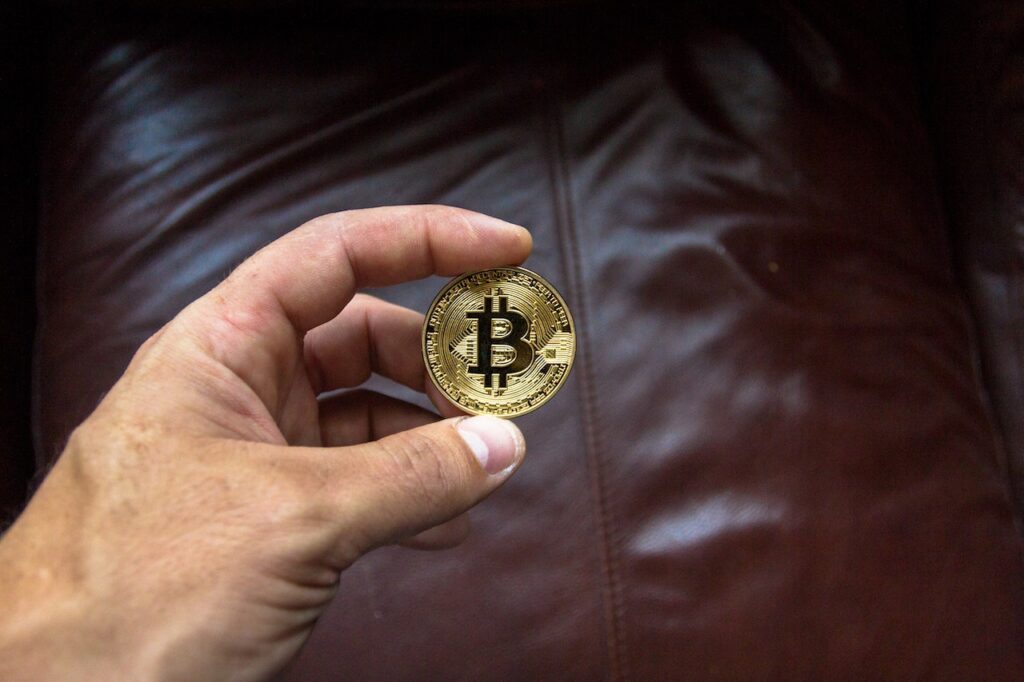According to a recent survey, 53% of American adults believe that digital assets are the “future of finance.” This belief is particularly strong among younger generations. Of the 2,000 respondents, 68% of 25 to 34-year-olds agreed that cryptocurrencies will be a key part of their financial futures. In addition, half of the respondents said that they fiddle with their cryptocurrency holdings on a daily basis.
Blockchain
Blockchain is a technology that can allow anyone to create a decentralized ledger and use it to store and exchange value. According to the World Bank, there are over 1.7 billion people without bank accounts or any other means of storing their wealth. Many of these people live in developing countries with fragile economies and are dependent on cash. Blockchain could change that.
One of the biggest advantages of blockchain is its speed. Instead of waiting days to settle, blockchain transactions can be processed in minutes. This speed is especially useful for international trades, where payments can take days to process due to time zone differences.
Peer-to-peer payments
As cryptocurrency becomes a mainstream payment option, more financial institutions are looking to crypto for payment solutions. Traditional financial institutions, however, are still hesitant to embrace cryptocurrency because of its volatility. But cryptocurrency-based payment solutions can offer banks and other financial institutions access to new customer segments and faster settlement cycles. While these advantages are compelling, the risks of cryptocurrency volatility still remain. To address these risks, banks must consider multi-rail, multi-instrument, and unified payment solutions. As cryptocurrency continues to gain adoption, traditional payment providers will need to evolve their payment infrastructure to accommodate the new trend.
Although crypto transactions remain anonymous, some governmental entities are exploring the possibility of creating central bank digital currencies similar to PayPal. These could be a useful public banking option for low-income citizens, but would not replace cash. As the economy transitions toward all-digital transactions, governments and private institutions must take measures to protect consumer privacy.
NFTs
The digital world is becoming a much more augmented reality, and companies are starting to realize the potential of cryptocurrency. These companies have created metaverses where users can earn and share in the real world and transfer those earnings into the virtual realm. However, they need funding to create these systems. In order to do this, they need to use cryptocurrency.
Blockchain technology is a digital distributed ledger that has no central administrator. Its blocks are linked using hashes and transactions placed on the chain are immutable. Currently, the most widely used use case for blockchain is cryptocurrency. But the main concern many people have about this type of technology is money laundering and terrorist financing. This has led the Department of Justice to work with private companies to freeze cryptocurrency wallets. However, as law enforcement and regulatory bodies gain a better understanding of the space, this issue will become less of an issue.
Global payments
Although the monetary system has come a long way, there is still a lot to be done. Recent developments in technology and user needs have highlighted key areas for improvement. Current payment services are complicated, expensive, and often fail to provide a seamless user experience. For example, cross-border payments often require multiple correspondent banks and different ledger technologies. Furthermore, a significant percentage of the world’s population lacks access to digital payment services.
Regulatory changes are needed to properly govern cryptocurrencies. This will require international cooperation. Regulators may need to share information and take joint enforcement actions against non-compliant actors. They may need to develop colleges of supervisors, which can coordinate policy toward the same regulated entities in different jurisdictions.
Gaming
Crypto gaming is the next wave of crypto adoption. Blockchain technology, decentralized finance, and video gaming are merging to create a new form of currency that can be used for trading and gaming. Users earn crypto assets by trading virtual elements in a game. They then spend this money to unlock those elements and upgrade them to have a competitive edge. This trend has become so popular that many big companies are betting on it. Blockchain gaming has the potential to transform the entire gaming industry.
Games like Minecraft and Angry Birds can be played for real money, and users can buy and sell crypto. Xchange Monster (MXCH) is another example of a new type of crypto gaming. It combines the benefits of a virtual currency with the ease of an online game, making it an ideal place for people to trade crypto and fiat currencies.






Facebook Comments